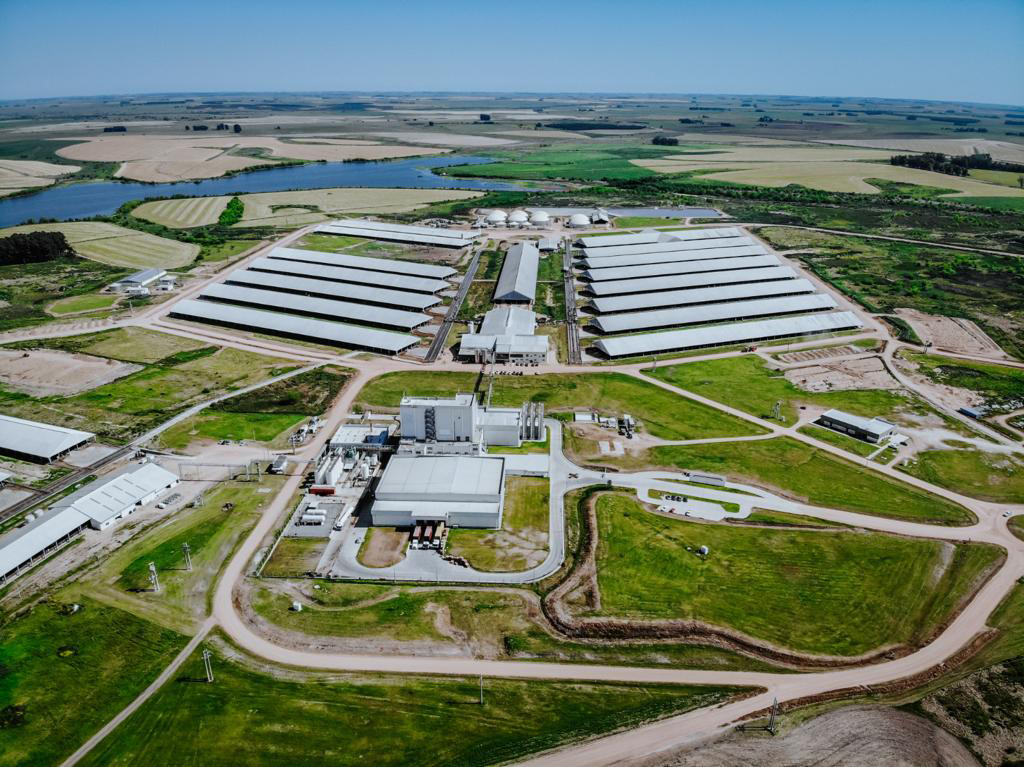
Velocys has been selected as the Fischer-Tropsch technology provider for the world’s first electrified biogas-to-SAF plant, dubbed NovaSAF 1. This first-of-its-kind commercial facility in Uruguay will convert dairy waste and biogas into sustainable aviation fuel using only renewable electricity and waste-derived gases. The project is being led by Syzygy Plasmonics, whose novel GHG e-Reforming platform enables low-cost, decentralized fuel production without the need for hydrogen electrolysis or complex gasification.
At the heart of this breakthrough is Syzygy’s light-driven syngas generation process, which produces an ideal 2:1 hydrogen-to-carbon monoxide ratio directly from biogenic methane and carbon dioxide—creating a perfect feedstock for Fischer-Tropsch synthesis. Velocys’ microFTL reactor system was selected to maximize fuel yield from this tailor-made syngas, further driving down the total cost of SAF production.
“This is what innovation looks like—fast, flexible, and focused on making SAF production affordable,” said Matthew Viergutz, CEO of Velocys. “We’re proud to bring our proven FT platform into a project that’s radically simplifying how sustainable fuels are made.”
The fully modular design of both Syzygy’s and Velocys’ systems allows for rapid deployment and replication across thousands of underutilized biogas sites globally. With a nameplate capacity of 500,000 gallons per year, NovaSAF 1 aims to begin operations in early 2027 following a planned final investment decision in Q4 2025.
“With Velocys, we’re bringing in a complete, modular solution that drives down overall production costs and is ready to scale,” said Trevor Best, CEO of Syzygy Plasmonics. “Uruguay is only the start.”
With broad policy alignment and an architecture built for replication, the NovaSAF 1 project offers a powerful new model for decentralized SAF production that is both economically and environmentally sustainable.
Learn more about Velocys’ SAF project capabilities.
8 September 2025
2 September 2025
21 August 2025